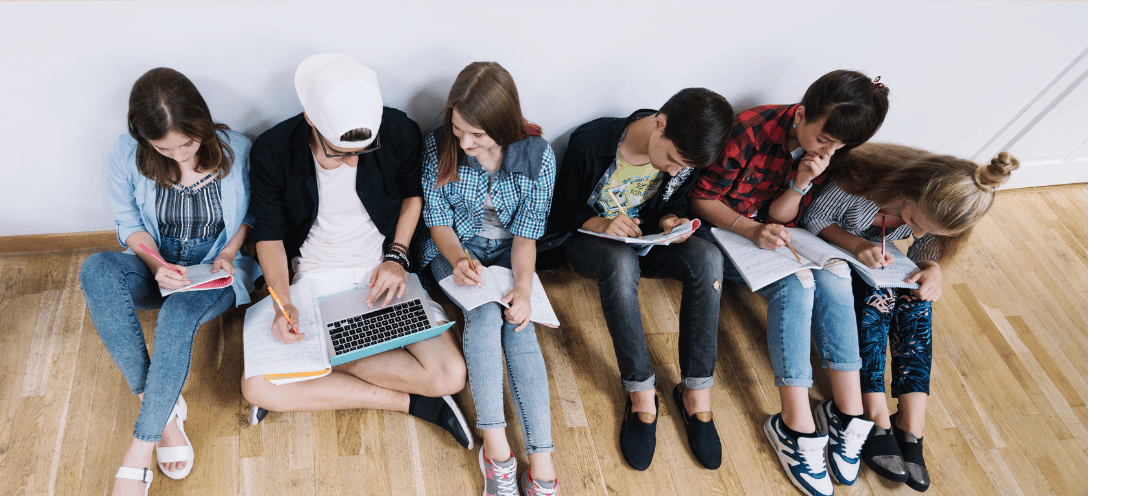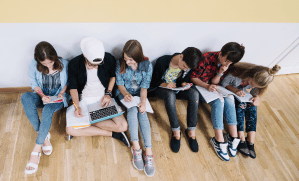




Bringing sustainability into the classroom: Mini-projects & Tasks for Primary Learners
How do you feel about doing projects with your primary learners? Projects can be great vehicles for integrating new language and also for differentiated learning, based around what a learner can do. All of your learners can bring something to a project, and learn lots from it, too. Sometimes it might feel a little daunting, or that there are too many topics to choose from, but don’t let that stop you from giving it a go. There are many benefits to using projects in the classroom, and they can be empowering experiences for students in their learning and development, as well as helping them to think critically about their lives and the world around them. They can also be extremely enjoyable for both learners and teachers.
Benefits of mini-projects: There are many benefits to using mini-projects and tasks in the classroom:
Sustainability
Sustainability is an engaging area, where students can feel empowered through projects to learn about, speak about, and even act on global issues. Katherine Bilsborough discusses the benefits of using task-based learning to bring sustainability into the classroom, with useful tips in this blog article. But where to start?
The UN Sustainable Development Goals are ideal vehicles for classroom tasks and projects. The United Nations established 17 Sustainable Development Goals in 2015 with the aim of achieving these goals by 2030. The goals focus on ending poverty, addressing climate change, and ending inequality. SDGs are being used more and more within education and curricula across the globe.
We can raise awareness of many of these issues in the classroom and get our students engaged with how to make a better world for themselves and others. Check out Harry Water’s blog article for more information about the SDGs and how to make the most of them in your classroom.
Mini-projects using the United Nation’s Sustainable Development Goals (SDGs)
It’s possible to focus on each SDG in the primary classroom through mini-projects and tasks. There are 17 project-based worksheets in Richmond ELT’s free Teaching Resource Hub called Go Beyond ELT. This is a great place to start and I’ve outlined some of these projects below.
However, even without these resources, the project ideas below are good starting points for exploring different projects with your learners.
Each worksheet focuses on one of the 17 SDGs. They’ve been written in such a way that the projects don’t need to be followed in any particular order. You can look through and pick and choose the projects which you think will appeal most to your learners. You could motivate them even further by looking though them together as a class and asking learners to choose the project. There is also a worksheet to introduce the SDGs as a whole to your class.
The worksheets include models and step by instructions to help you support your learners. You’ll also find ideas on how to integrate language into each project. Here’s a sample of the projects you can use with your primary learners in the teaching hub.
Learners research an endangered animal and then present their findings to the rest of the class.
Whether you are experienced in running projects in the classroom or getting ready to start exploring this rewarding area, I hope these examples help you to enjoy doing projects based around sustainability as much as your learners will.
Resources:
https://gobeyondelt.richmondelt.es/creating-global-citizens/
https://www.un.org/sustainabledevelopment/student-resources/
https://worldslargestlesson.globalgoals.org/